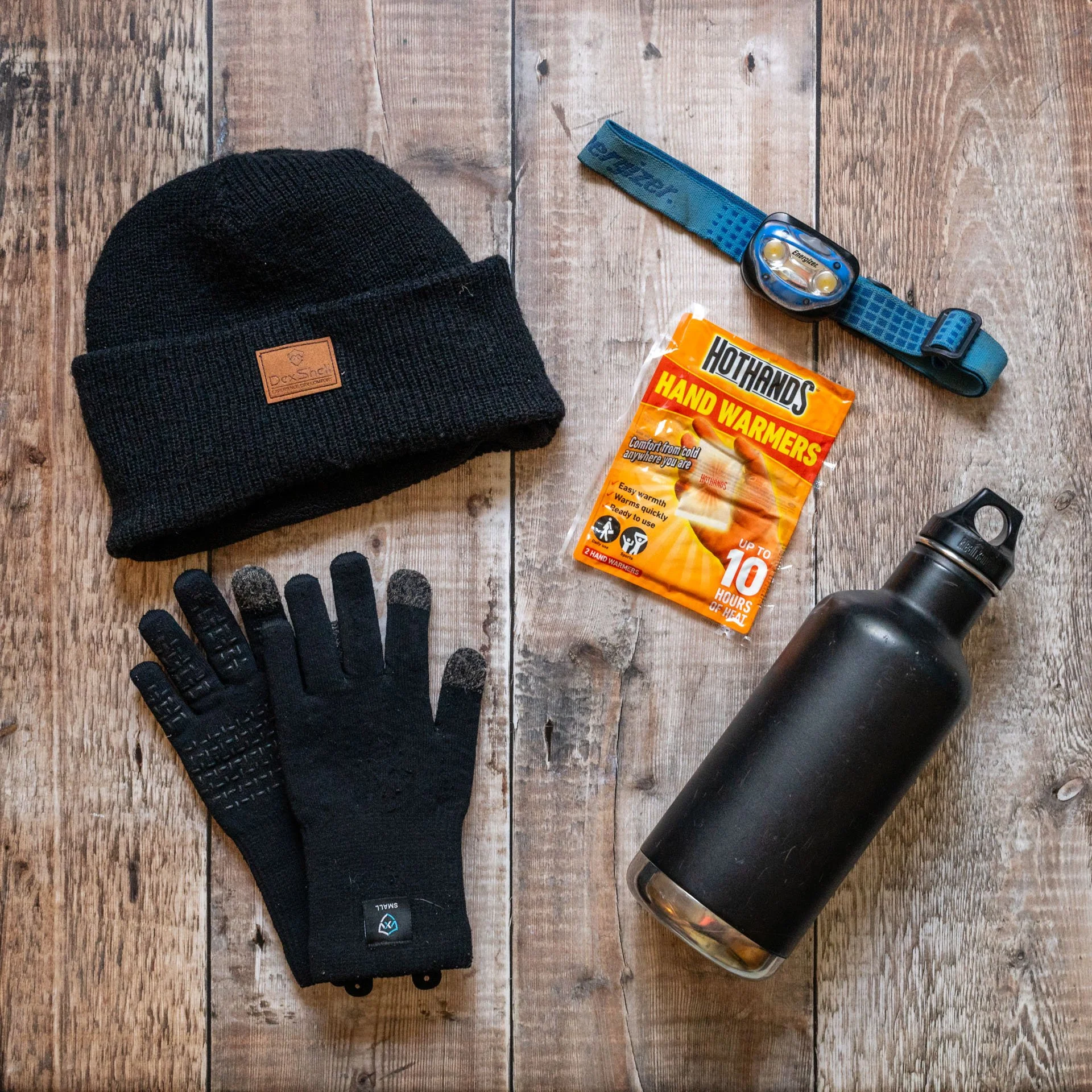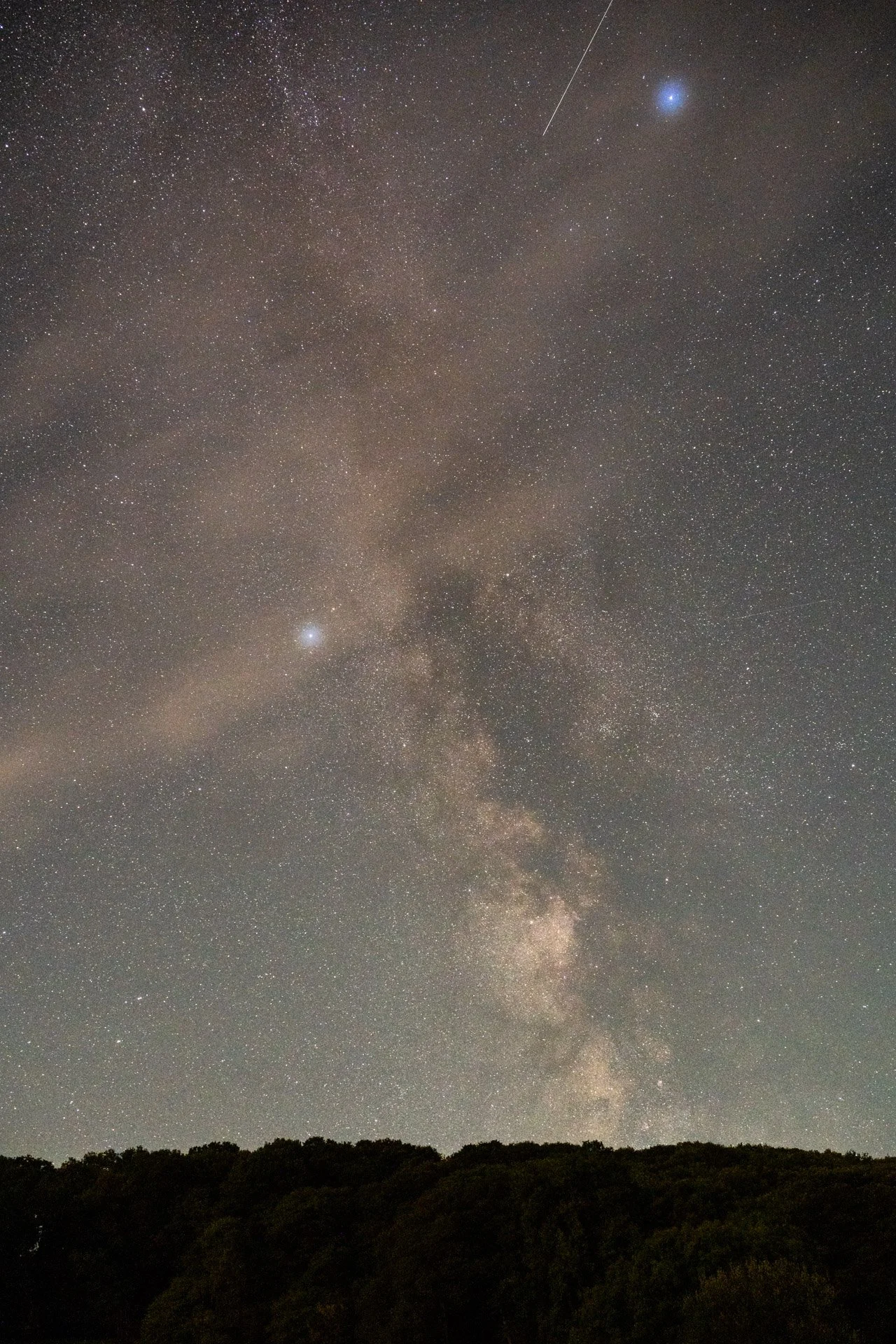A Night Under The Stars
What is more exciting than seeing a shooting star? Seeing loads of them of course!! The 13th of August marks my favourite day of the year, the peak of the Perseids meteor shower.
This is a really special day to me, as when Tim and I first got together he took me camping under the stars on a beach in Cornwall, so we could watch them together ❤️ (sickeningly sweet I know 😂). It was an amazing experience to be able to see all these shooting stars dart over the night sky, whilst watching the Milky Way pass over us. Although we haven’t repeated the experience again, the memories are still some of my favourites.
So that you can enjoy the wonders of the night sky, and see (fingers crossed) an amazing light show of shooting stars, I figured that this year I would put a guide together so that you have all the information you need to get out and enjoy.
When
Though the Perseid meteor shower is active from around the 17th July to the 24th August, the peak of the shower is the 12th and 13th August. Now if you read more about the Perseid meteor shower online, you will see that the peak rate is between 100–150 meteors per hour. Whilst that is true, you are more likely to see between 20-40 if you are in a very dark location. This is due to a lot of these meteors being too small for the human eye to see, and that, that statistic is taking the entire sky into account. However, 20-40 is still loads!
The best time to watch is generally from midnight onwards, with the highest amount of meteors to be seen, the closer it gets to dawn. However, don’t let the time put you off trying to watch. I have seen a handful this year whilst taking Skylar out for a wee (glamorous I know) at around 10:30 PM.
Where
Before I get ideas of grandeur and start thinking that loads of people from all over the world are going to be reading this post, for those who do happen to stumble across, first hello, great to have you here, and second, this meteor shower is best seen from the Northern Hemisphere. If you are in the Southern Hemisphere, then you do still have a slim chance of seeing the meteors and your best bet is to look North. For those in the Northern Hemisphere, then you can pretty much face whichever way you want.
A great location is the first part of a night watching the shower. You want to be somewhere very dark and away from light pollution. You can use websites that show light pollution overlays to help find a suitable spot. I like Dark Sky Map as I find this one the easiest to read. If you are using this map, then ideally a green location or better is a good place to watch.
What to bring
Once you have your viewing location planned, you want to make sure you are going to be comfortable. Now though it might be summer, it is likely to still get cool overnight - especially this year in the UK, so you are going to want to bring some warm clothes with you like coats, hats and gloves. You can also bring a flask of your favourite hot drink and some hand warmers if you really feel the cold.
To help light the way to your chosen star gazing location, a torch is a handy item to bring with you, or you could use the light of your phone - make sure these are fully charged or have new batteries, just in case …
Another vital item to take is a chair, or a blanket if you want to lay on the floor, this way you will be nice and comfortable when watching the stars. If you have a little way to walk from where you are planning on parking to where you will be star gazing, then some sturdy shoes are also a good idea.
Now that you have your gear and location sorted, you are ready to head out and watch for meteors.
After reading this, I hope that you are feeling inspired and excited to get out for a night under the stars. All you have to do now is cross everything and hope for clear skies!
p.s. The irony that the images I have used have, at best one meteor in, isn’t lost on me, and yes, there is a chance they are actually space objects … (though I have checked images before and after these, and they were not in those frames, so I am about 80% confident that they are meteors)



